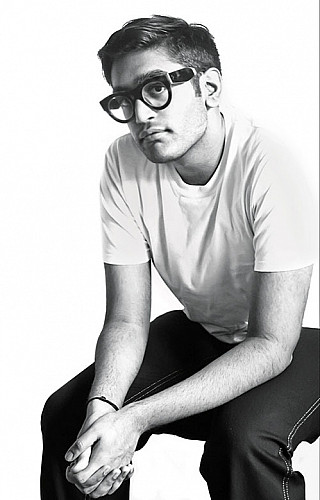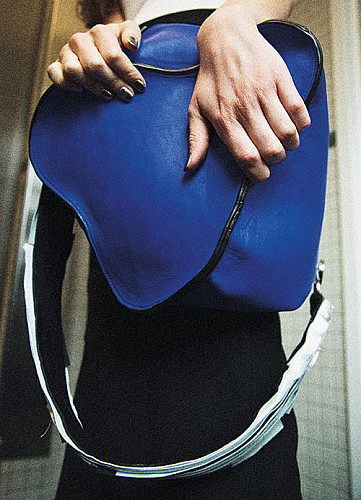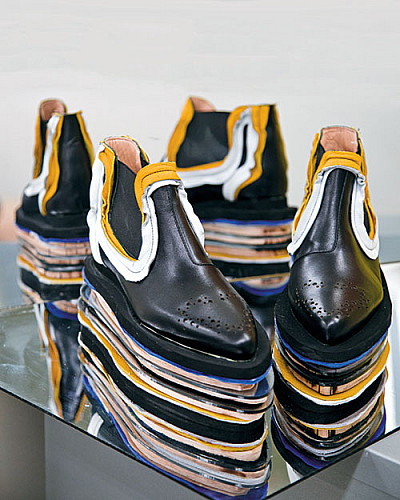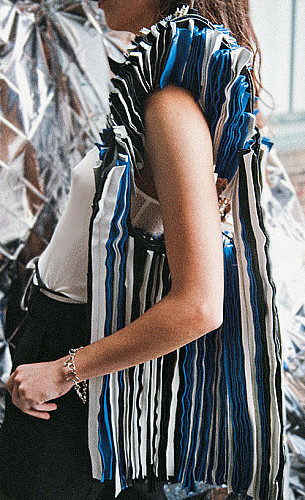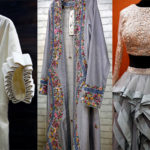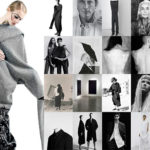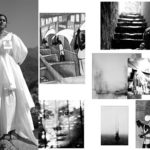Thinking Laterally: In Conversation With Accessories Designer Sidharth Chawla
For most millennials, the teenage years are all about living life blithely — but Sidharth Chawla found his calling at the age of 16. “My first stint was at Maison, the Bengaluru-based concept store where I handled content and marketing.” Today, all of 22, Chawla is on a roll, living the dream of every aspiring designer. The accessories specialist who dabbles in bags, jewellery, footwear and eyewear is currently working on the Pre-Fall 2018 handbags collection of Calvin Klein’s 205W39NYC line led by Raf Simons. He is particularly drawn towards textile arts and pops of colour in simplistic and modern shapes. But the young lad, by his own admission, tries best not to take fixed ideas too seriously, “It is very important to constantly ask, ‘Do we really need a bag like that for this brand?’ It helps me filter out ideas and only put my best foot forward.” This Parsons graduate, currently based in New York, has also collaborated with the dynamic duo Kaabia Grewal and Sasha Grewal on multiple jewellery collections for their label Outhouse, where he has been working on a round-up for the fifth anniversary of Outhouse and redefining their key styles. He has interned at famed fashion houses like Proenza Schouler and Marc Jacobs.
Even as he carves his niche in the swathes of commercial fashion, his ultimate goal is not bereft of a responsible motive: “I want to build a design production platform that involves human interaction on both ends, and is mutually beneficial and empowering for the craftsmen and the designer,” he reveals.
His work is a breath of fresh air that he claims has been shaped by multiple factors like his upbringing by a single mother in a patriarchal society and his classical training as a fine artist. “I always look at fine art for technique and at society for meaning,” he says. This is nowhere more apparent than in his approach towards design, which is progressively comprehensive and current. A prime example of this can be found in his final collection at Parsons which explored the themes of art forgery and female censorship. “I began looking at the Dada Movement in New York and all the controversies associated with it. I realised that the characteristic of the time — to oppress female creativity and sexuality — is relevant today.” While there are no doubts that he’s adept at fabricating de rigueur designs inspired by history, his primary interest lies in the resuscitation and growth of craftsmanship in India. “I started working with Gayatri Jolly, who runs MasterG, a comprehensive training programme based in New Delhi designed to teach women garment construction at every level. She’s one of the most incredible people I know.” Chawla began to teach handbag construction to the craftswomen for MasterG and this creative intervention opened up a dialogue between him and his students. Questions like ‘Why does the flap of a bag have to look a certain way?’ and ‘Why can’t we make the same amount of wages as the men in our family?’ made the sessions more interactive and enriching for people on both ends. “It’s amazing when you start thinking about design without any preconceived notions in the setting of a classroom — it can make you question the values of society itself.”
The budding entrepreneur’s work is anchored with contexts and meanings as opposed to being trend-driven. Naturally, he looks up to labels that have created a name by venturing far off the beaten track. “I have always been a little bit obsessive about Proenza Schouler and their philosophy of pushing the limits of craft in an incredibly modern setting. I am also crazy about Phoebe Philo’s extremely empowering sharp and minimalistic designs. I pray every day that I can be blessed with Philo’s wisdom, even the slightest bit, so I can do my job better! I love Raf Simons’ work and I’m excited to see how Natacha Ramsay-Levi tells a new story at Chloé.” For his own wardrobe, he collects J.W. Anderson numbers and his all-time favourite look — his idea of modern-day workwear — is a pair of Ben Davis x Opening Ceremony trousers, black with white topstitch in very stiff denim. “I have a few pairs, but I feel like everyone around me thinks I wear the same pants every day,” he laughs.
Chawla still craves familiar surroundings and is striving to get used to a life without a set schedule, as was provided by an institution. For now, the way forward for the new graduate is to build a different kind of utopia within the fashion industry. “I plan to continue the dialogue I developed with Gayatri at MasterG on a larger, industry-wide level and aid her in her quest for a better industry.” On setting up his own label he says, “There is too much fashion in the world for another name. I plan on working for heritage companies for at least the next decade.”
Chawla is surely a part of the increasing number of lateral thinkers — some of them powerhouses in their own right — trying to make this multibillion-dollar industry more inclusive and sustainable. Fashion has long perpetuated the problem of unfair wages, and increasingly so owing to our insatiable hunger for trend cycles or fast fashion. But young minds like him are shifting strategies to focus on ecological processes, fair trade and employment. While these people constitute a tiny speck, in their hands, the future of fashion looks as adaptive and thriving as it should be.
Related posts from Verve:
Verve Trending
Sorry. No data so far.
us on Facebook to stay updated with the latest trends

